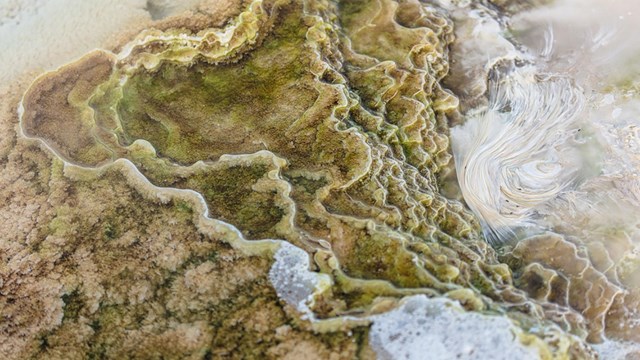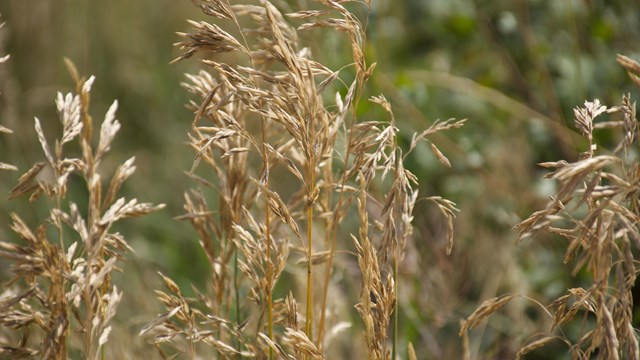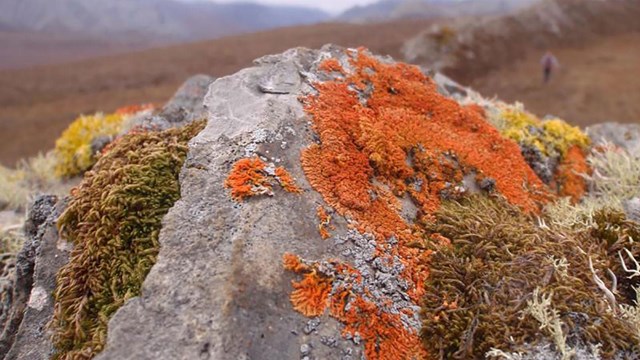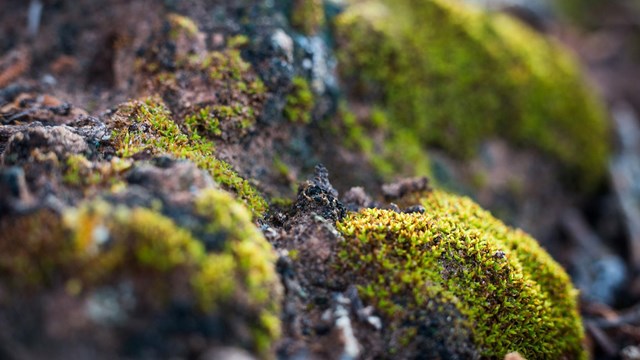
NPS A Wide Variety of Flora Live Inside Rocky Mountian National Park!Rocky Mountain National Park is home to approximately 1,100 species of vascular plants including 900 species of wildflowers! To learn more about the many different plants found in the montane, subalpine, and alpine ecosystems, explore the links below. 
Wildflowers
During spring and summer, meadows and the alpine tundra are full of color from the park's wide range of blooming wildflowers 
Trees & Shrubs
Learn about the many species of trees and shrubs that grow throughout Rocky 
Algae
NPS photo Algae Microscopic colors and patterns abound anywhere where water is found. 
Invasive Exotic Plants
Don't be fooled. Cunning plants can upset vegetation processes in the native landscape. 
Lichens
Ancient pioneers of the plant world interact with living and non-living organisms. 
Mosses & Liverworts
Thank bryophytes for lime green cushioning on top of Rocky ground. |
Last updated: July 10, 2024
